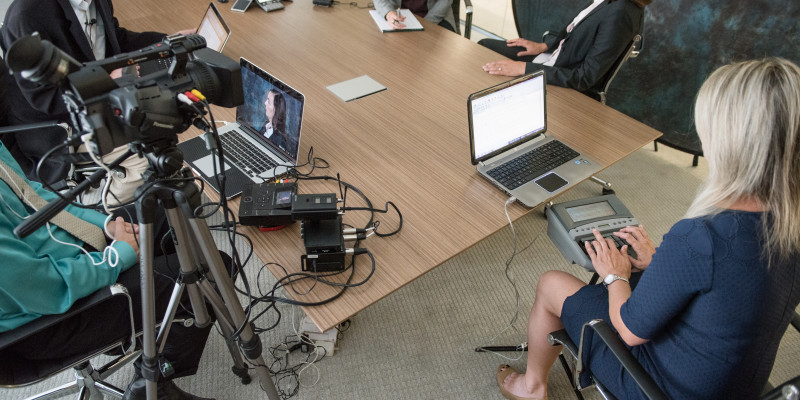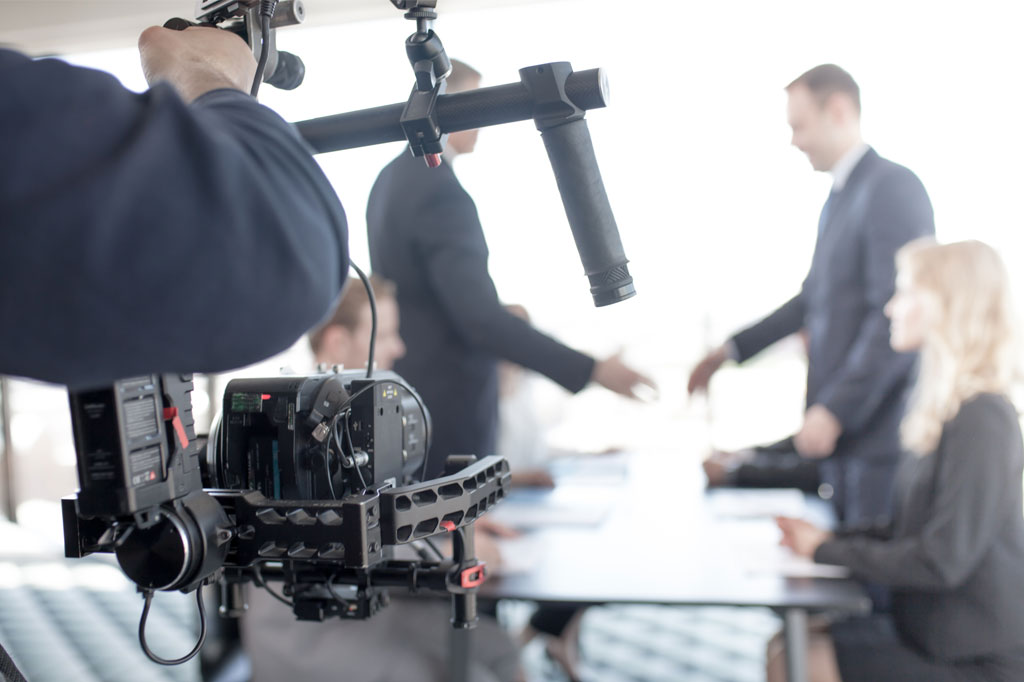Reliable Legal Videography for Trial Success.
Reliable Legal Videography for Trial Success.
Blog Article
Why Lawful Videography Is Necessary for Accurate Legal Record-Keeping
In the realm of legal proceedings, the accuracy of record-keeping is extremely important, and lawful videography arises as a crucial device in this context. By recording the subtleties of verbal and non-verbal interaction, it significantly lowers the potential for misconception that can come with conventional written records. Additionally, the preservation of genuine visual evidence not only enhances the reputation of testaments however likewise adds to an extensive account of occasions. As we check out the diverse advantages of lawful videography, one need to consider its implications for the future of judicial integrity and openness - legal videography.
Relevance of Visual Proof
Developing the relevance of aesthetic proof in lawful procedures is paramount for making sure exact record-keeping and enhancing the overall integrity of the judicial process. Aesthetic proof functions as a crucial device in recording events, problems, and various other essential information that may be important to an instance. Unlike created accounts, which are prone to analysis and predisposition, aesthetic recordings provide a purpose, unalterable depiction of truths as they took place.


This kind of evidence can capture a selection of aspects, consisting of witness actions, environmental context, and physical proof, all of which might affect judicial outcomes. By presenting a clear and extensive aesthetic narrative, legal videography eliminates ambiguity and aids to preserve the authenticity of the proof.
In addition, aesthetic proof can be crucial in minimizing conflicts over valid disparities, as it enables a direct contrast versus testimony and various other recorded records. In an era where electronic modern technology is significantly prevalent, the ability to existing aesthetic evidence effectively can dramatically boost the overall quality of legal proceedings. Eventually, the consolidation of visual proof not just boosts the documents process yet also strengthens public count on in the judicial system by advertising openness and responsibility.
Enhancing Statement Reliability
The integration of lawful videography into courtroom process substantially improves the trustworthiness of witness testimony. By catching the subtleties of verbal and non-verbal communication, video recordings give an even more extensive depiction of a witness's behavior, emotions, and dependability. This visual documentation enables jurors to observe the witness's body language, facial expressions, and total conduct, which are critical elements that can affect their perception of testament credibility.
Additionally, lawful videography reduces the possibility for false impression or distortion of testament that might occur in written records. Visitors can see and hear the testimony as it existed, making certain that the context and tone are protected. This credibility promotes a higher sense of trust fund among jurors, who may be much more inclined to believe testimony that they can witness firsthand.
Furthermore, the existence of video footage can hinder witnesses from supplying misleading or exaggerated statements, as they are mindful that their statement is being tape-recorded. This responsibility enhances the honesty of the judicial procedure. Eventually, legal videography works as an essential tool in guaranteeing that witness statement is not only properly portrayed however additionally viewed with enhanced integrity by all events entailed.
Comprehensive Record Conservation
Comprehensive record conservation is crucial for preserving the honesty of lawful proceedings. Lawful videography acts as a critical tool in this procedure, offering an accurate aesthetic and auditory account of testaments, depositions, and other crucial moments in an instance. Unlike conventional written transcripts, video recordings catch the nuances of body movement, tone, and feeling, which are crucial for comprehending the context and intent behind declarations made during legal procedures.

Additionally, the capacity to examine video clip proof enables attorneys to recognize vital details that may have been ignored in composed records. By preserving a detailed archive of legal process through videography, law office can maintain the greatest requirements of precision and liability, ultimately adding to a fairer judicial procedure.
Improving Lawful Procedures
Simplifying legal procedures is important for improving performance and reducing delays within the judicial system. Legal videography works as a critical tool in accomplishing this objective by supplying clear and precise aesthetic documents of court hearings, depositions, and testimonies. This technology enables real-time recording, guaranteeing that all verbal and non-verbal signs are recorded, which can promote quicker resolution of disputes.
The integration of videography into legal procedures lessens dependence on standard approaches, such as prolonged transcripts, which can be taxing to produce and evaluate. By having access to videotaped video footage, attorneys can swiftly reference essential minutes, boosting their capability to prepare and existing situations successfully. This immediacy also assists in the clearing up of statements, decreasing the capacity for misinterpretation.
Furthermore, visual paperwork fosters a much more engaging courtroom experience for jurors, helping them to realize complex information quicker. Eventually, legal videography enhances communication amongst all celebrations involved, from lawyers to courts to jurors, thus promoting a more effective judicial process (legal videography). In an age where time is essential, embracing this innovation is vital for the modern legal landscape
Admissibility in Court
Exact documentation is essential not only for performance but additionally for guaranteeing that evidence is admissible in court. Legal videography offers as an essential device in this process, providing a dependable visual document of testimonies, statements, and events.
To be considered permissible, lawful videography needs to stick to established protocols, such as proper tools use, appropriate lighting, and clear sound capture. Additionally, it is important to have actually qualified videographers that recognize the lawful needs surrounding proof collection. The chain of protection have to additionally be maintained to avoid any type of cases of tampering or alteration.
Moreover, click for more legal videography can enhance the persuasiveness of proof by giving jurors with a straight sight of the testimony, permitting for a more engaged understanding of the situation. In summary, the integration of legal videography right into record-keeping read here not only sustains effectiveness yet likewise reinforces the integrity and admissibility of proof in court process.
Final Thought
Finally, lawful videography plays a critical duty in ensuring precise legal record-keeping by providing objective visual documentation. This method enhances the credibility of testaments, maintains thorough records, and simplifies lawful procedures. Additionally, the admissibility of high-quality video clip proof in court more underscores its significance - legal videography. Inevitably, the consolidation of legal videography right into the judicial procedure advertises transparency and reinforces public count on the honesty of the legal system.
Report this page